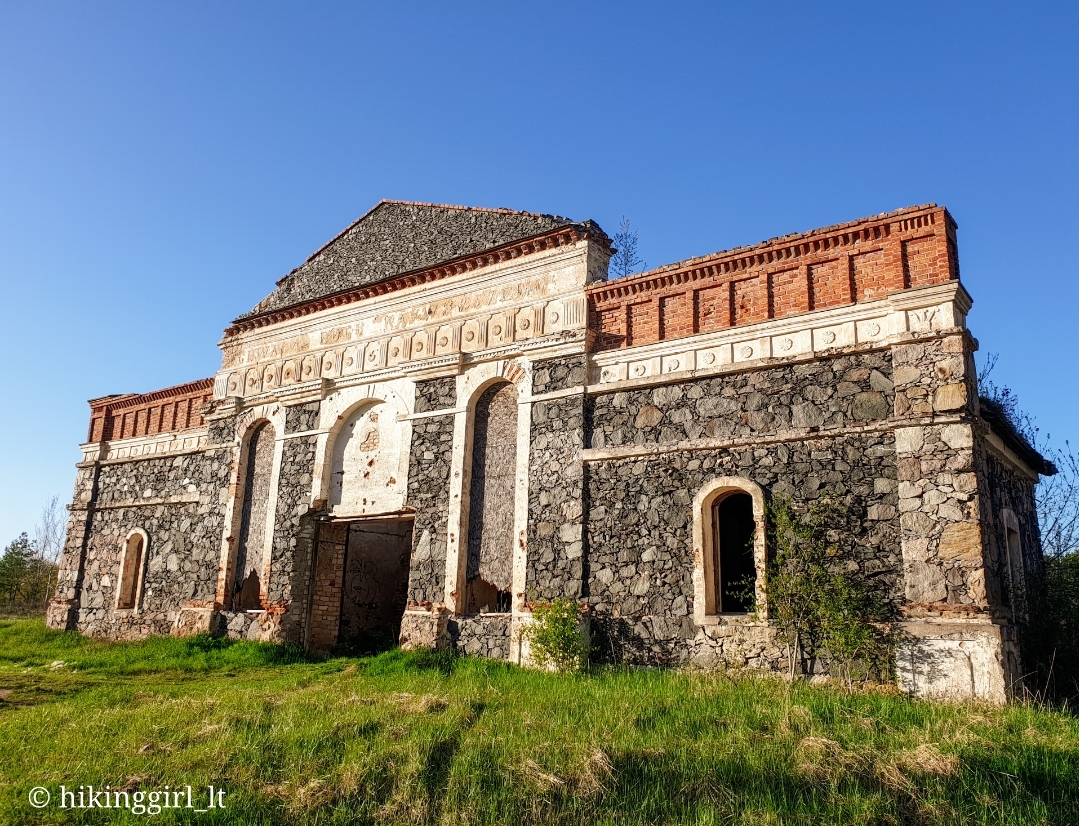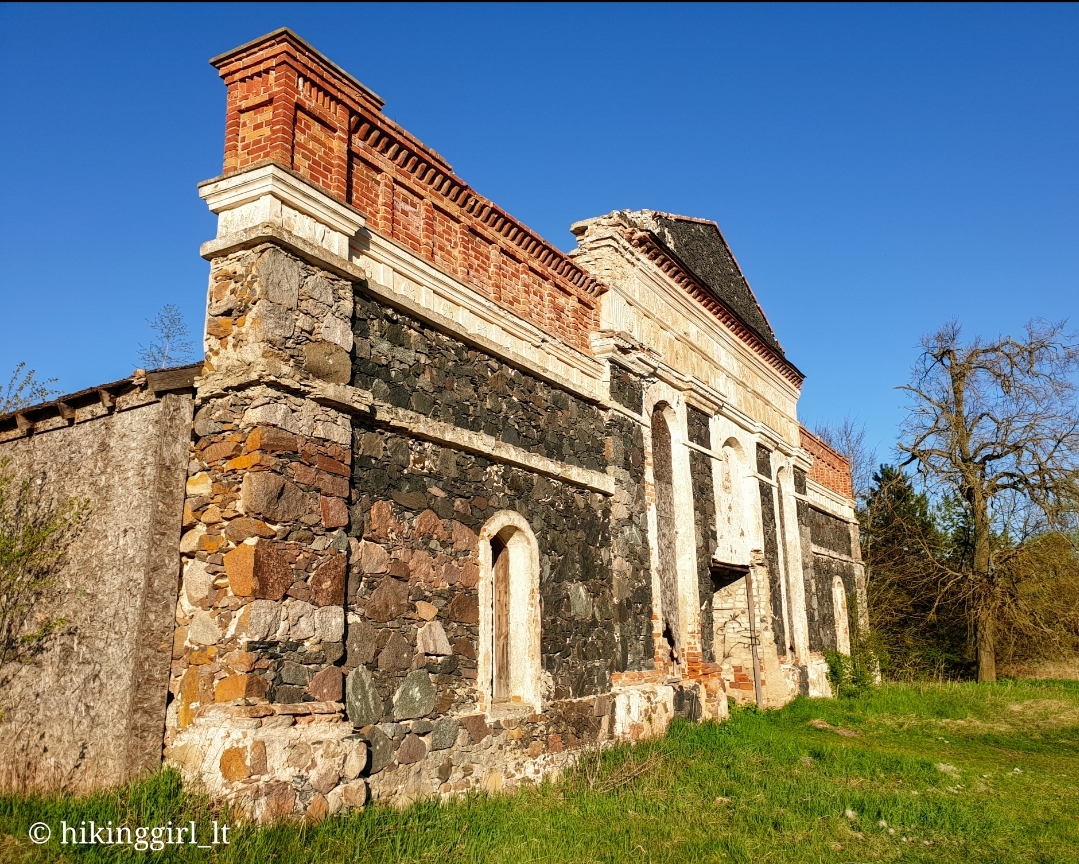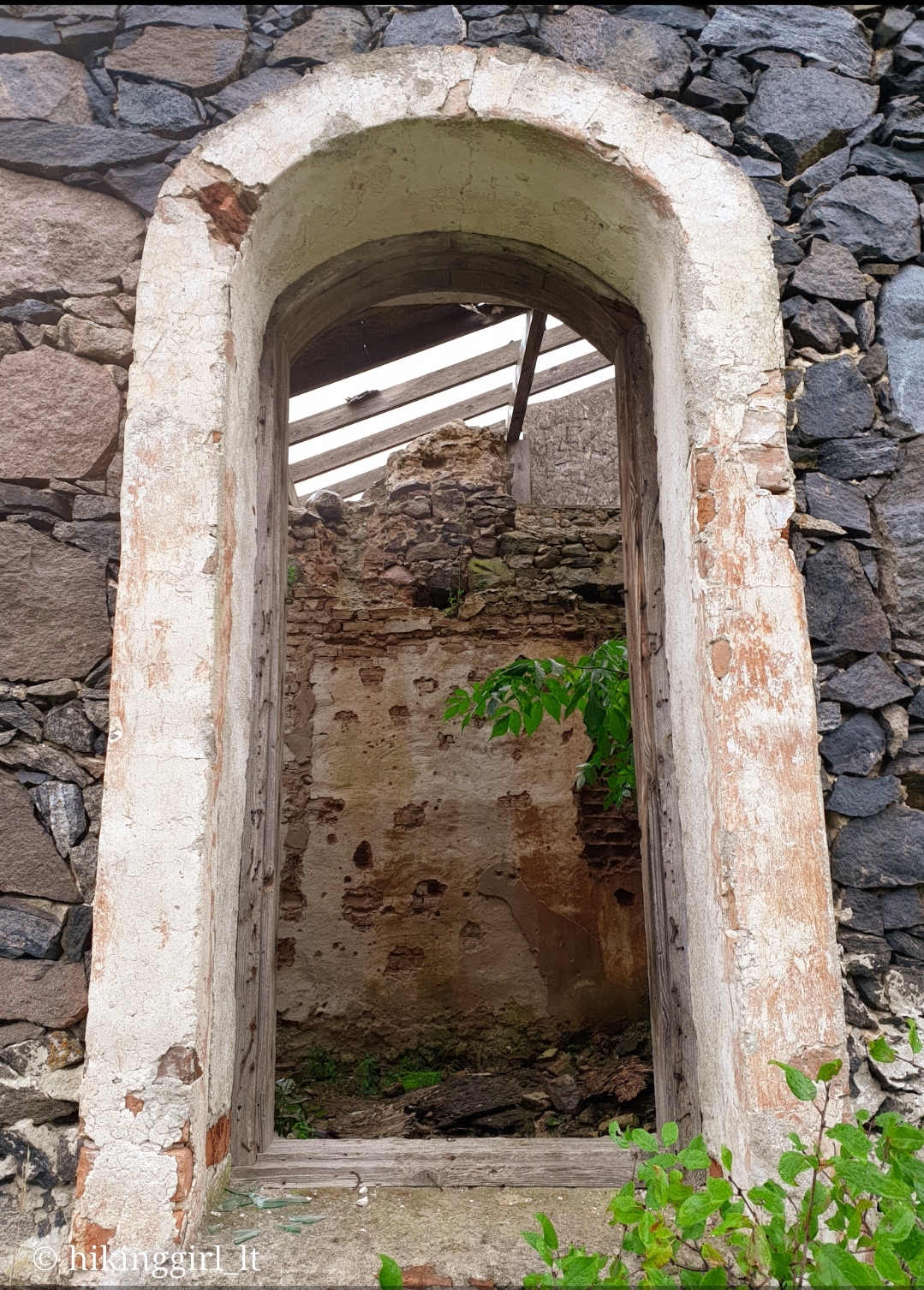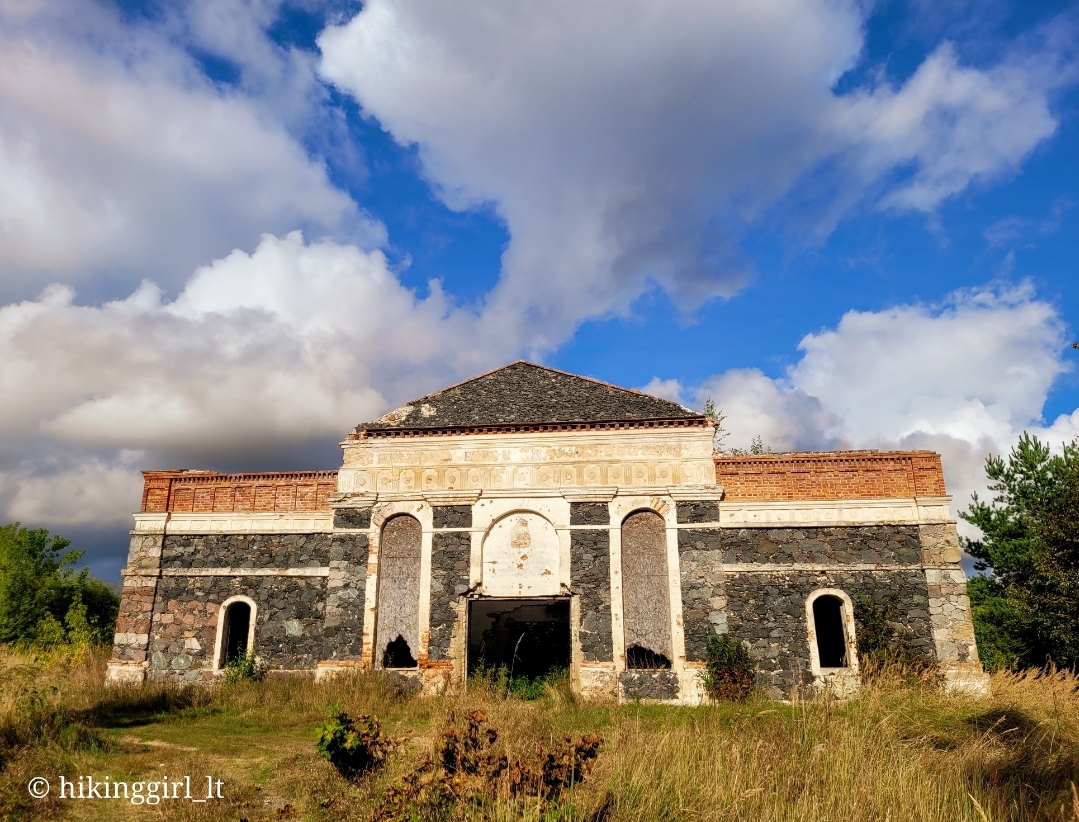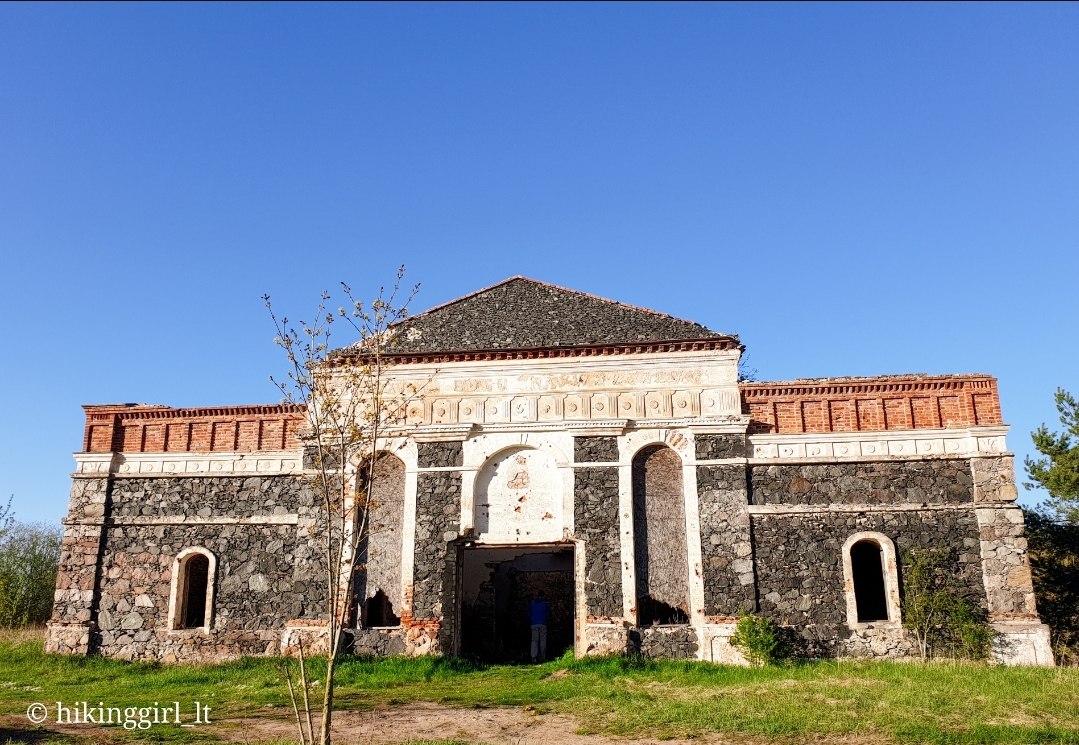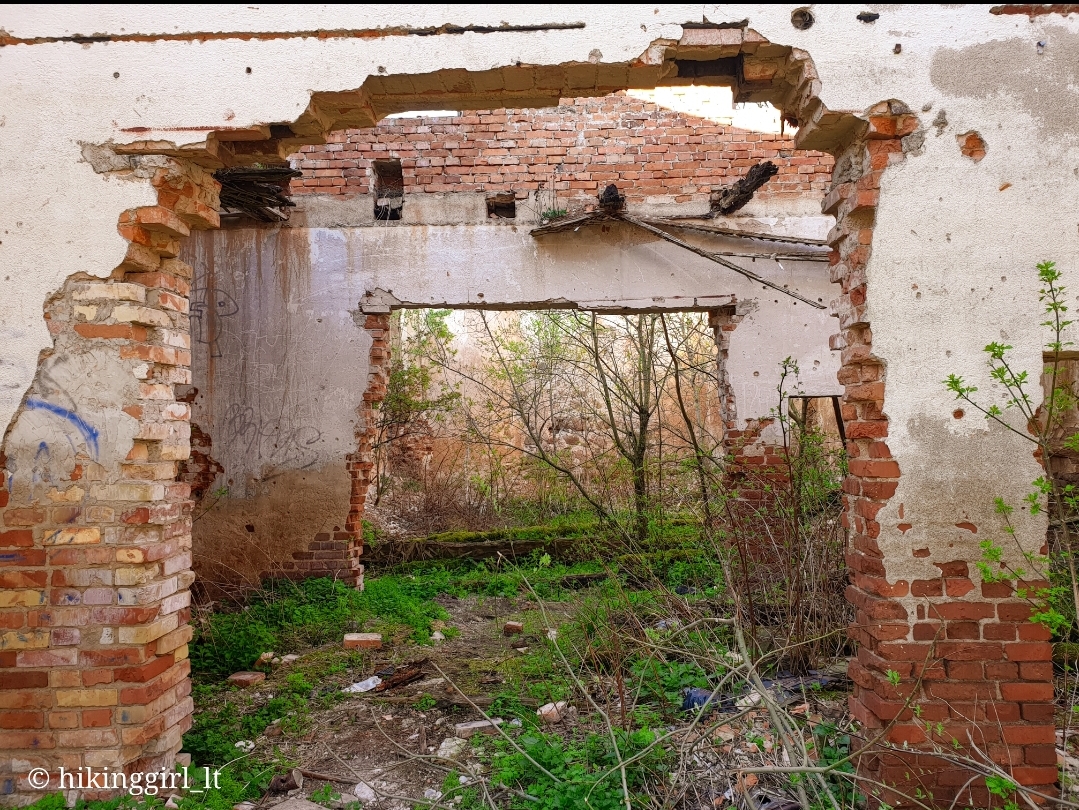The Nevėžninkai Manor Chapel

272

2

1
The Nevėžninkai Chapel, included in the Cultural Heritage Register, is a historical heritage site located in the Panevėžys region. This mid-19th century building, constructed on an artificially raised mound, reflects the history and architecture of Lithuania. Although the chapel is now in a state of decay, it still attracts tourists interested in Lithuania's cultural heritage. The chapel was an important religious site connected to the life of the Eidrigevičiai family. Today, it is a great place for those who wish to visit historical monuments and immerse themselves in Lithuania's history.
Info
-

Religious Heritage
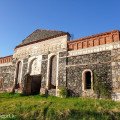
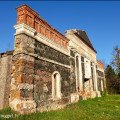
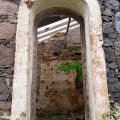
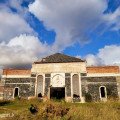
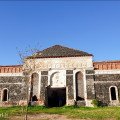

 Entertainment
Entertainment
 Food establishments
Food establishments





























 55.707652, 24.20542
55.707652, 24.20542
 Get directions
Get directions









